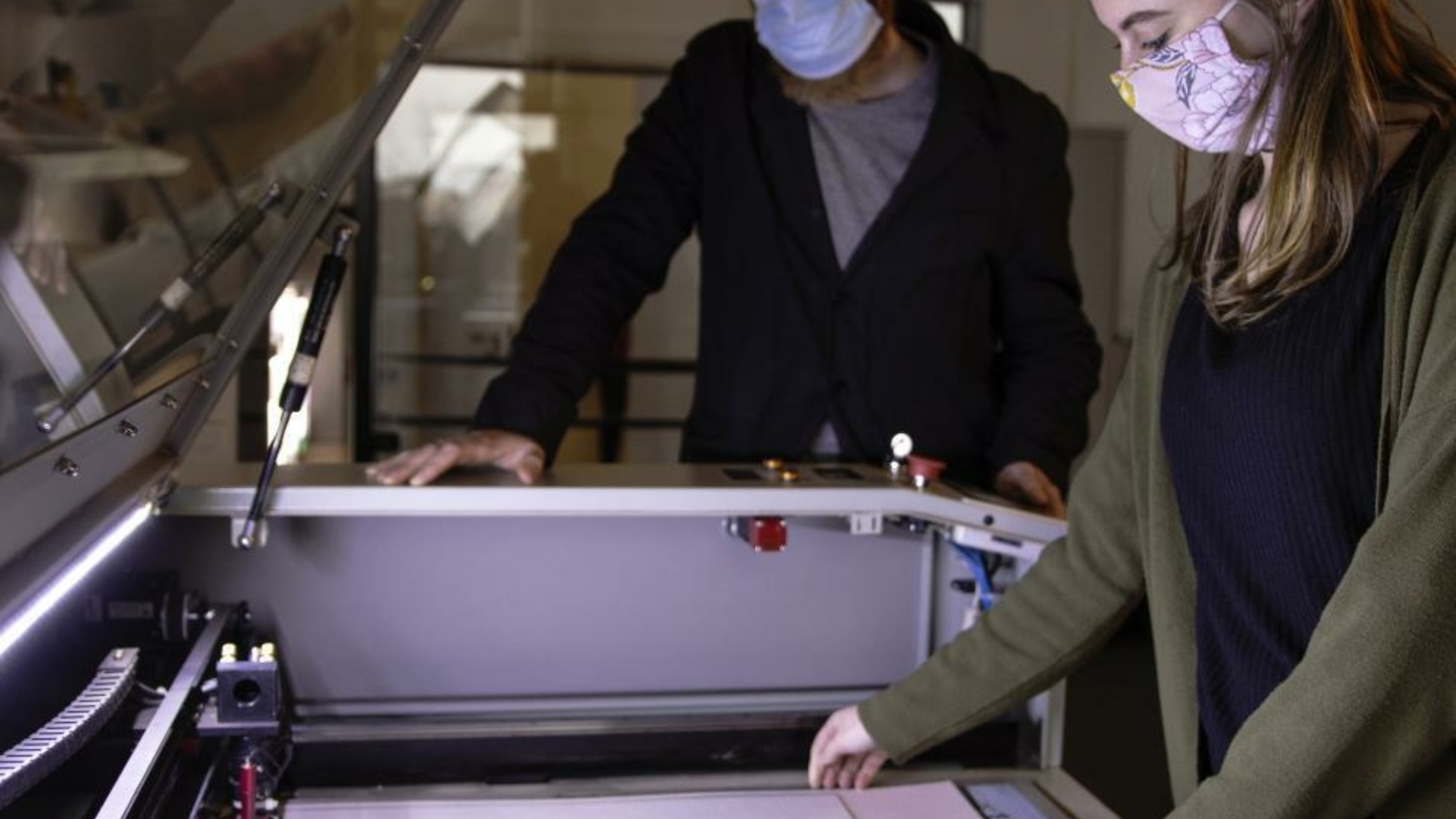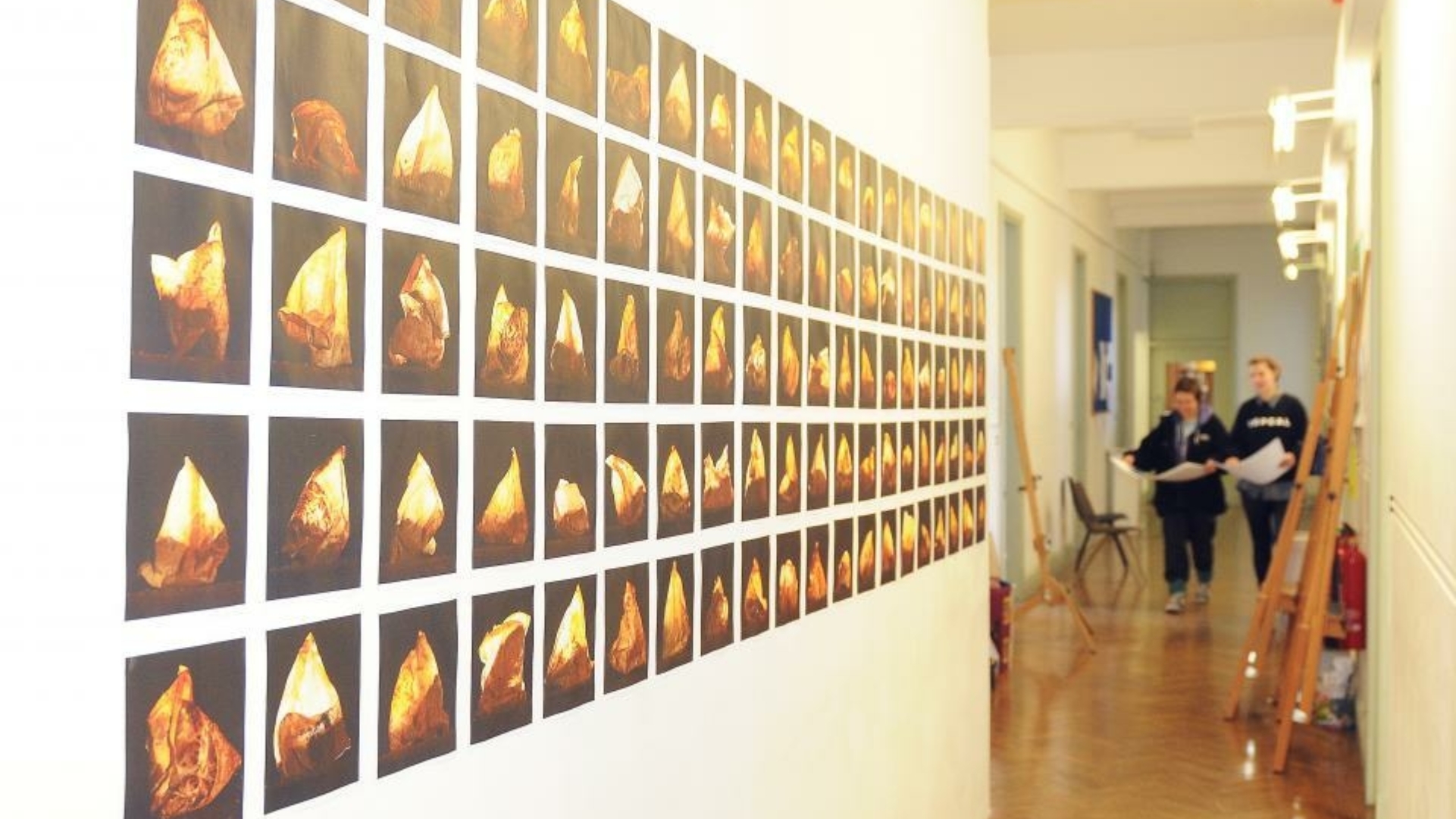<script type="text/javascript"> _linkedin_partner_id = "6415570"; window._linkedin_data_partner_ids = window._linkedin_data_partner_ids || []; window._linkedin_data_partner_ids.push(_linkedin_partner_id); </script><script type="text/javascript"> (function(l) { if (!l){window.lintrk = function(a,b){window.lintrk.q.push([a,b])}; window.lintrk.q=[]} var s = document.getElementsByTagName("script")[0]; var b = document.createElement("script"); b.type = "text/javascript";b.async = true; b.src = "https://snap.licdn.com/li.lms-analytics/insight.min.js"; s.parentNode.insertBefore(b, s);})(window.lintrk); </script> <noscript> <img height="1" width="1" style="display:none;" alt="" src="
×
The Galway Mayo Institute of Technology (GMIT) is a third-level institute of education, based in five locations in the west of Ireland. GMIT Centre for the Creative Arts & Media (CCAM) is located just outside Galway City centre and is home to a number of Creative Industries organisations and enterprises alongside the courses in Design, Contemporary Art and Film & Documentary.
IN2 were appointed to advise on deep retrofit works to reduce carbon emissions and to improve efficiency all-round. IN2 carried out a detailed energy upgrade analysis for the retrofit, the analysis and proposed solutions were based on drawing information provided for the existing building. IN2 also used actual oil and electrical energy information, based on billing information, to validate a building energy model using Dynamic Simulation Modelling (TAS software). The baseline model was found to be a good representation of the energy performance of the existing building for the purposes of the analysis.
The energy reduction strategies for fabric, services and renewables were combined in the energy model, and their predicted Building Energy Rating (BER) calculated. These savings were presented to the client with an overall 58% reduction in carbon emissions and considerable cost savings comfortably exceeding the target set out in the HEA works requirements.

